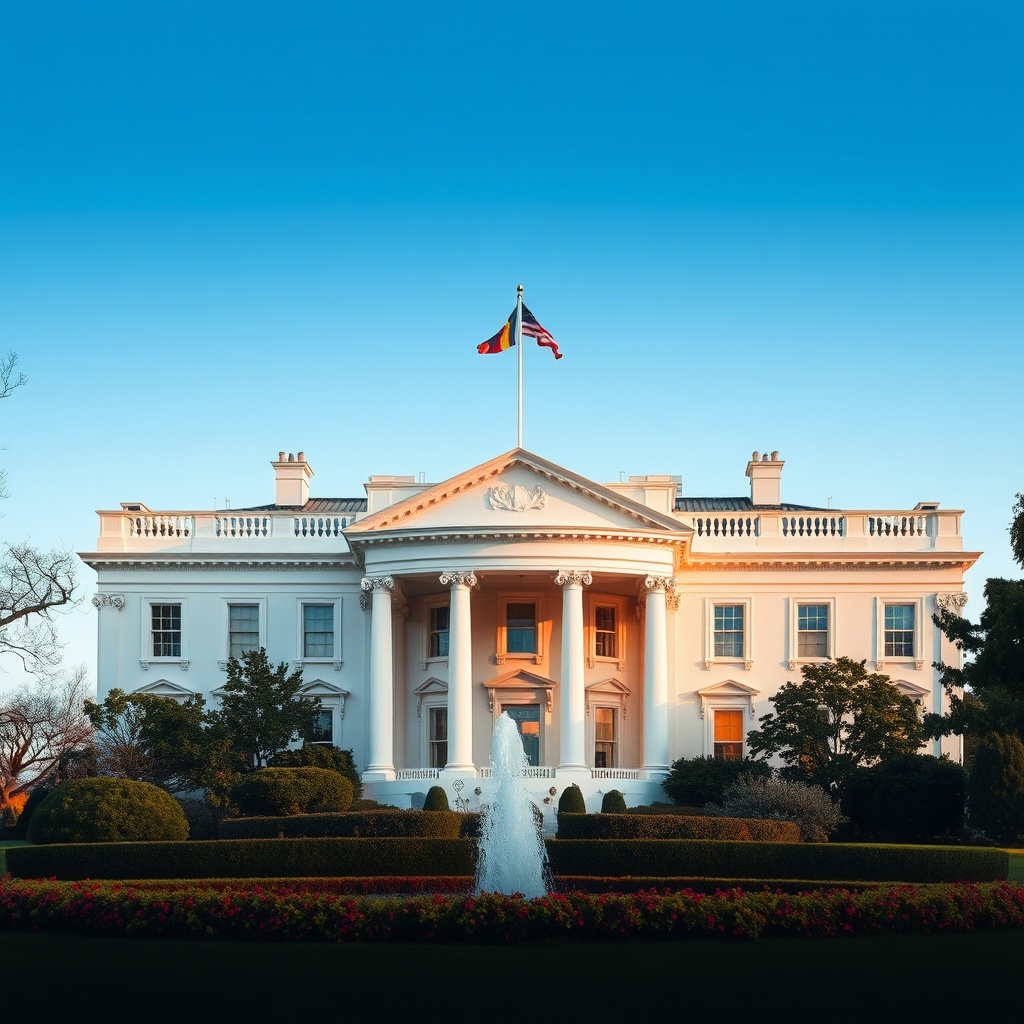Planning a visit to the White House: what to know, what to see, and practical tips
A White House visit remains one of the most sought-after experiences for visitors to the capital. While access is limited and guided by security protocols, careful planning can turn a request into a memorable tour of the nation’s best-known residence and workplace. Here’s a practical guide to requesting a tour, what to expect, and how to make the most of the visit.
How to request a White House tour
– U.S.
citizens typically request tours through their member of Congress. Contact the constituent services office for guidance on the request process and any forms required.
– International visitors usually work through their embassy in Washington or through special cultural or diplomatic programs.
– Tours are free but limited in number. Submit requests well in advance; availability fills quickly during peak visitor seasons.
– For last-minute opportunities or special events, check official channels and public announcements from the White House or congressional offices.
Security and logistics
– Tours require a security screening and background check.
All visitors must provide valid photo identification on the day of the tour; requirements vary based on citizenship and age.
– Expect strict rules about prohibited items.
Large bags, food, beverages, weapons, and certain electronics are commonly restricted. Check with the office handling your request for the most current list.
– Arrive early and allow time for security processing. Late arrivals may be denied entry even if a tour has been confirmed.
– Accessibility accommodations are available; request these through the booking office to ensure a smooth visit.
What you’ll typically see
– Public tours usually include many of the historic public rooms on the State Floor. Highlights often feature the East Room, State Dining Room, and the various color-themed parlors—Blue, Red, and Green—each with unique furnishings, artwork, and historical significance.
– The China Room and the Cross Hall present examples of official collections and ceremonial spaces.
While the Oval Office is rarely included in public tours, its surrounding areas and the historic core of the residence provide rich context about presidential life and governance.
– Outdoor spaces like the South Lawn and the Rose Garden are iconic backdrops for events and photo opportunities, though access depends on scheduling and security considerations.
Tips for a better visit
– Learn basic White House history and protocol beforehand.

A short primer on the décor, presidential portraits, and the significance of particular rooms will enhance appreciation.
– Respect the rules: follow guides’ instructions, stay with the group, and avoid touching artwork or furniture.
– Photography policies can vary; some rooms permit photos while others do not. Ask your guide if in doubt.
– Combine the tour with nearby attractions: the National Mall, Smithsonian museums, and memorials are often within easy reach, making for a full day of exploration.
Alternatives if a tour isn’t possible
– A robust virtual tour and extensive photo galleries are available through official White House resources, offering accessible ways to explore the residence and its history.
– Public events, lectures, and temporary exhibitions at related institutions can provide additional insight into presidential life and national heritage.
A White House visit requires preparation and patience, but the payoff is unique: up-close exposure to living history, ceremonial spaces, and the symbolic heart of national leadership. Plan ahead, follow the guidance of official channels, and your visit will be both smooth and memorable.